
Raw food is a fascinating idea. On one hand, cooking is a popular approach that makes food easier to eat and digest, while often improving the flavor and texture in the process. But, nutrients are also lost during cooking. So, raw foods are making a comeback, with some people even focusing on entire raw food diets.
Many foods are completely safe to eat raw, including plenty of fruits and vegetables. Some may even offer more benefits eaten raw compared to cooked. However, others are much more problematic, like raw lentils and raw olives.
That brings us to the question of the day – can you eat raw pasta? Well, let’s be honest, there are two questions here, whether you can eat raw pasta and why on earth you would want to. I mean, raw pasta certainly doesn’t have the same nutritional benefits as raw veggies and fruit.
The short answer is that eating raw pasta isn’t a great idea, but there’s very little risk of harm from consuming small quantities (like, a handful of raw pasta every so often). Eating a large amount is a different story and could easily put your health at risk.
This distinction is crucial, as some people eat raw pasta for comfort and it can sometimes become almost an addiction. Such situations are deeply concerning, as it’s easy to overconsume raw pasta in this context.
Can You Eat Raw Pasta?

It’s certainly possible to eat raw pasta. There’s no denying that. Many people also do so without any issues. Yet, there is an undercurrent of concern that we need to talk about.
First though, let’s talk about types of pasta. The term raw pasta can refer to fresh pasta or dried pasta. Both types can be eaten raw, but there are some important distinctions.
Fresh pasta is made using eggs and flour. It tends to be fairly soft and cooks quickly, often within just a few minutes. This pasta is often paired with a relatively light pasta sauce, which allows the pasta’s texture to shine through.
Dried pasta is the inexpensive type you find in packets in the grocery store. It is made using semolina flour and water, is firmer, and has a longer shelf life than fresh pasta.
The Problems With Eating Raw Pasta
Digestion Issues
The first problem with raw pasta relates to digestion. The uncooked starches in the pasta are harder to digest than cooked ones, potentially leading to side effects like gas, bloating, and stomach cramps.
When pasta is cooked, the heat breaks down some of the complex starches into simpler sugars, making it easier to digest and less problematic.
Now, these digestive effects aren’t dramatic in most situations and you probably won’t see experience any if you’re just eating a small amount of pasta. Some people even manage to eat raw pasta regularly without noticeable side effects.
Digestive side effects are more likely for people with sensitive digestive systems or related health concerns. And, of course, anyone with gluten sensitivity is likely to get digestive side effects from raw pasta.
Some Risk Of Contamination
There’s also some risk of food poisoning from microbes. This risk is highest with fresh pasta because this pasta uses eggs as an ingredient. However, dry pasta still relies on raw flour, which can be contaminated with microbes like E. coli and Salmonella.
If you do end up with a foodborne illness, you’re likely to see symptoms like stomach cramps, diarrhea, and vomiting. While most people will be fine after a few days, the experience is awful and it can even feel like you’re dying.
This risk is especially concerning for people with compromised immune systems, young children, and seniors. Such individuals are at increased risk of complications from food poisoning. In rare cases, the issue can even be fatal.
Thankfully, the chance of food poisoning from raw pasta is minuscule – especially for dried pasta because the pasta contains so little moisture. This means that while there’s a chance of food poisoning, most people won’t experience any such problems.
Less Nutritional Value

Pasta isn’t a great source of nutrients anyway and the raw version is even less nutritious because it is so difficult to digest.
Pasta also contains phytic acid, which binds some minerals, leading to decreased nutrient absorption. Cooking decreases the phytic acid content, improving the bioavailability of nutrients.
The Flavor And Texture
Dried pasta is hard and crunchy, which poses multiple problems.
First, the crunchiness can cause excessive wear on your teeth, especially if you’re eating raw pasta regularly. The pasta is a choking hazard as well. Young children are at a higher risk here, as is anyone with swallowing difficulties.
There’s also the chance that the sharp edges of dried pasta cause intestinal damage. The odds of this are low, given that the pasta should soften somewhat in your stomach. Still, it’s one more risk to consider (they’re starting to stack up, aren’t they?).
Fresh pasta is much softer, so the texture-based risks of dried pasta don’t apply. Still, the flavor and texture of the pasta certainly aren’t appealing (this may be why raw dry pasta is consumed more often).
Decreased Nutrient Intake
As we mentioned before, raw pasta doesn’t offer that many nutrients. This starts to be a problem if you eat a lot of raw pasta. Here, your consumption of raw pasta could decrease your intake of beneficial foods, leading to a decreased nutrient intake.
This decrease in nutrients can be dangerous in the long term, as it raises the risk of nutrient deficiencies, which can have severe consequences.
The Risk Of Over Consuming
Finally, some people become almost addicted to raw pasta, eating a decent amount over time. This is where the problems really begin, as all the discussed risks get higher with increased consumption.
While this issue appears to be rare, it’s something to watch out for.
Why Do People Eat Raw Pasta?

While raw pasta is an odd food choice, it’s eaten more often than you might imagine. There are a few fascinating reasons for this pattern.
Convenience
Raw pasta is a fast and easy snack, one that’s also readily available. The texture also makes it an interesting alternative to other crunchy snacks, like potato chips.
Sensory Appeal
First, crunchy down on raw dry pasta creates a distinct sensory sensation. Some people actually enjoy the extreme toughness and crunch of the pasta and will eat it for this reason alone.
Sometimes, there’s something quite comforting in textures like this, especially for people dealing with a lot of stress. For this reason, some people end up turning to raw pasta regularly for comfort and stress relief.
These properties also mean that raw pasta can be somewhat habit forming. While rare, some people eat large amounts of pasta regularly, which does put their health at risk.
Underlying Health Issues
A few specific challenges and health issues could impact a person’s decision to eat raw pasta, including obsessive-compulsive tendencies, sensory processing challenges, and pica.
In such situations, simply deciding not to eat raw pasta may not be enough. The individual might need support to break the habit of eating raw pasta and find alternative approaches.
So, if you’re eating large amounts of raw pasta or craving it regularly, it might be time to talk to a doctor. They can help you identify any underlying issues.
What About Raw Ramen?
Raw ramen is a similar snack to raw pasta, with some people regularly eating raw ramen cakes straight out of the packet. However, there are some differences, as instant ramen is pre-cooked. This pre-cooking means that ‘raw’ instant ramen doesn’t come with any health issues (the same isn’t true for fresh ramen, which should be cooked before consumption).
There should also be a lower risk of choking or internal harm from raw ramen than dry pasta due to differences in the shape of the pieces. Even so, it’s important to chew the dry ramen well before swallowing it.
While the risks here are lower, raw ramen isn’t nutritious and doesn’t provide many health benefits. As such, it’s still important to limit your intake.
How To Cook Pasta

While eating small amounts of raw pasta probably won’t cause harm, pasta tastes much better cooked, especially with the right sauce and other tasty ingredients.
Cooking pasta is simple. You just need to boil it in a pot with water, sometimes with a little added salt.
The cooking time varies based on the size and shape of the pasta. For dry pasta, you’re often looking at between 8 and 10 minutes, although it can be as long as 15 minutes or so for some types of pasta. Regardless, the cooking time is normally written on the packet, so you don’t need to guess.
Dry pasta is best cooked al dente, which means the pasta is still somewhat firm when you bite. Al dente pasta is safe to eat, isn’t mushy, and holds it shape better than overcooked pasta. To achieve this, you should start testing your pasta a minute or two before the instructions say it should be ready.
Fresh pasta cooks much faster, often in 3 minutes or less. You won’t get the same al dente bite that you do with dry pasta, although you can get a bit of springiness if you avoid overcooking it.
How To Eat Pasta
There’s one other crucial area to consider – pasta really isn’t that healthy. It does offer a little protein and some nutrients, but it’s primarily a source of carbs.
The healthiest way to eat pasta is to use it in conjunction with other ingredients. This often means serving pasta as part of a larger and more nutritious meal, often with some source of protein (like steak or chicken) and some vegetables to balance the carbs.
If you can get plenty of nutrients and protein from your other ingredients and stick with a light pasta sauce, you can end up with a reasonably healthy meal. Doing so is also much more interesting than eating a handful of dry pasta pieces.
Frequently Asked Questions
Can Eating Raw Pasta Kill You?
Raw pasta could theoretically kill you, especially if you are immunocompromised or are eating a large amount of it. However, the odds of serious harm are very low. You’re more likely to simply get a stomachache or find that your teeth are a bit sore.
Can You Freeze Raw Pasta?
Freezing raw fresh pasta is a great way to extend its shelf life and keep it fresh for longer. This is actually better than keeping it in the fridge, as the humidity in your fridge can make your pasta taste strange. You can freeze dry pasta too, although this lasts a long time without anyway, so there isn’t much benefit to freezing it.
How Long Does Raw Pasta Last?
Dried pasta has a long shelf life, often lasting years if stored in an unopened packet. Even once opened, the pasta should last at least a year. Fresh pasta only lasts a few days in the fridge and a few months if frozen.
Who Should Avoid Eating Raw Pasta?
Children, seniors, pregnant women, and immunocompromised people should all avoid raw pasta, as these people are at greater risk of food poisoning and of complications from food poisoning. Additionally, people with a sensitive digestive system or dental issues should be cautious, as they could easily experience worse side effects from raw pasta.
Does Cooking Pasta Remove Nutrients?
Some water-soluble nutrients leach out and are lost when pasta is cooked. However, cooking also improves the bioavailability of nutrients, so cooked pasta is still more nutritious than raw pasta.

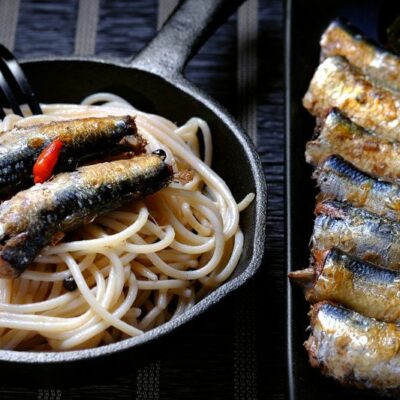
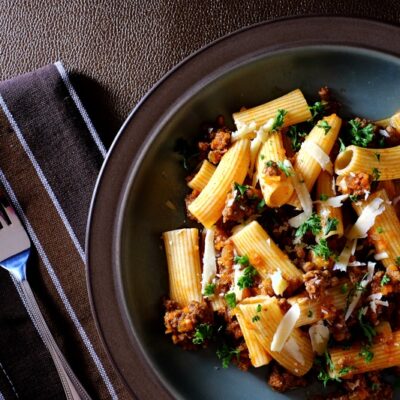
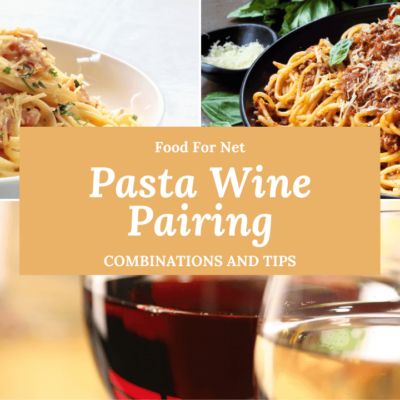


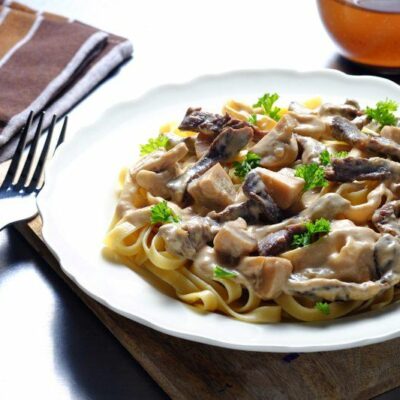
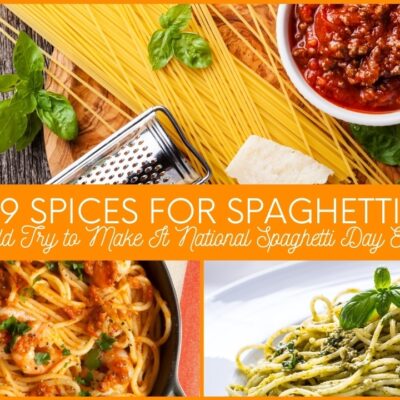
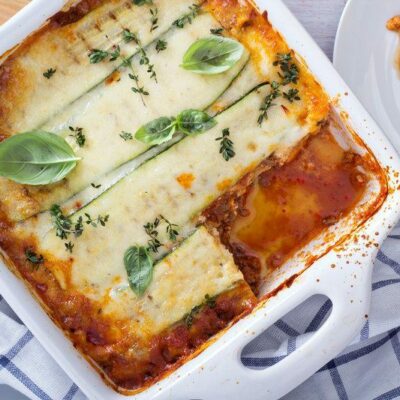
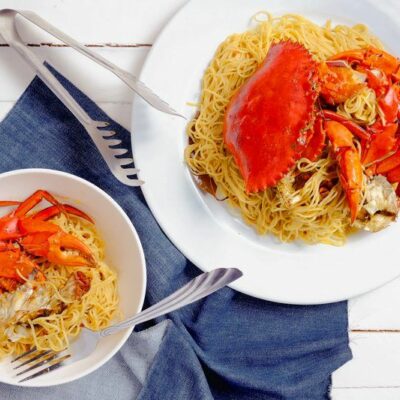
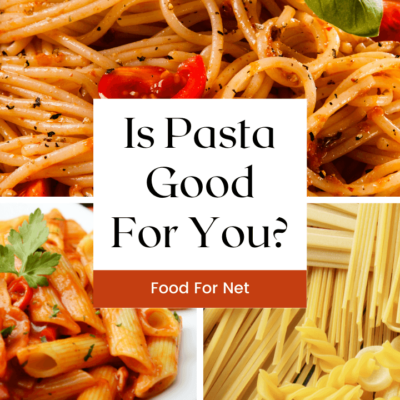

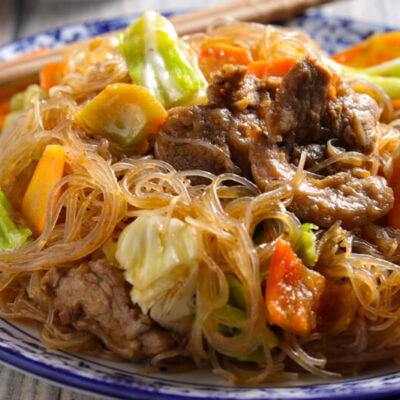
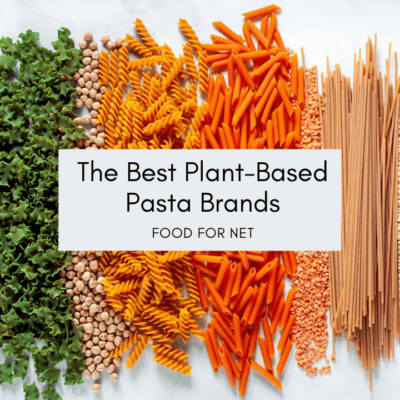
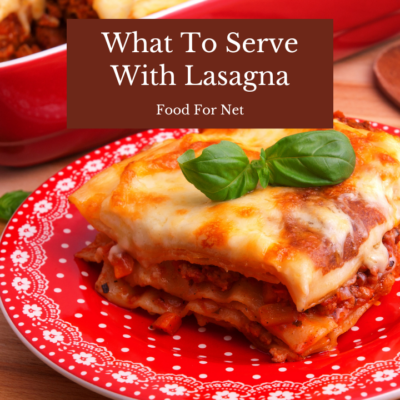
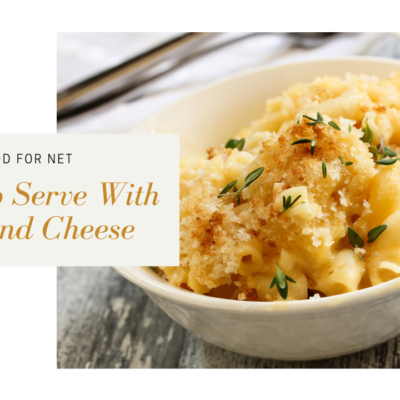
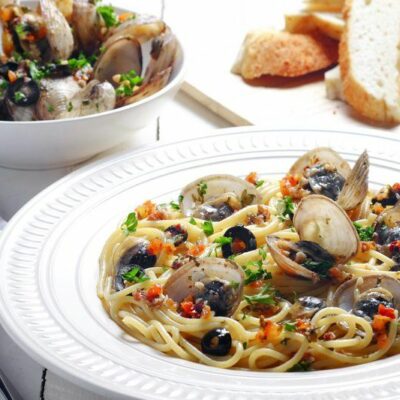
 How To Freeze Cauliflower
How To Freeze Cauliflower